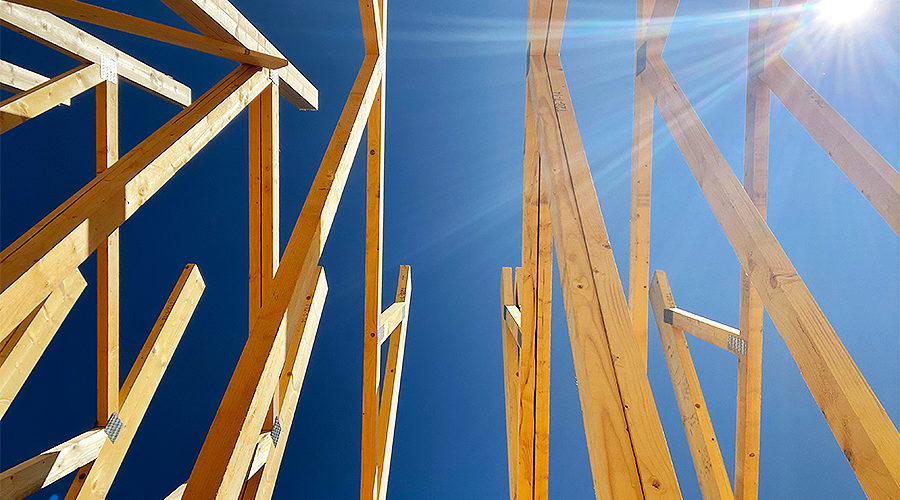Blane Pannell, Sales and Marketing Director at Taylor Lane Timber Frame, asks why now, after almost five decades, is the timber-frame construction method finally gaining national recognition and Government endorsement?
Taylor Lane Timber
While England has 80% market share of UK housing starts, just 9% of these new-build homes were constructed using timber frame compared with 92% in Scotland1. England, therefore, has the greatest potential for growth. In fact, the Structural Timber Association (STA) forecasts that this figure will have doubled by 2025.
This is ambitious but, in recent years, the credibility and importance of MMC Category 2 timber frame has risen sharply as UK housebuilders commit to high-volume developments using timber-frame construction and, in some cases, acquiring timber-frame manufacturers and investing in offsite production facilities.
But why now, after almost five decades, is this construction method finally gaining national recognition and Government endorsement? Quite simply, timber is a crucial contributor to the UK’s net-zero target.
Housebuilders, housing providers and landlords across England are all seeking ways to improve sustainability and reduce carbon emissions during construction in support of the country’s net-zero ambitions. Timber frame can help achieve this. Something that the Government acknowledges in its policy ‘Timber in construction roadmap’, updated last December.
The Government has identified that “…an increased use of timber in the construction industry would make a significant difference to stimulate demand for domestic planting stock in England2”.
By increasing tree canopy in England and, with proactive forest management, the country would be less reliant on imported timber. It would also stimulate sustainable planting of hard and soft woods. Using this homegrown timber in construction would then help reduce embodied carbon in the built environment.
There are two forms of carbon in the built environment, operational – resulting from the type of energy or heating system used in the building and embodied, from the manufacture, maintenance and disposal of the construction products that form the building.
A report produced by the Climate Change Committee (CCC) suggests that the use of timber can reduce the embodied emissions in a single building by 20 to 60%. Timber can also act as a carbon store. Again, the CCC has found that carbon storage is approximately 50% higher in timber-frame houses than in masonry homes and can be up to 400% higher for larger buildings3.
In actively promoting the use of timber in construction, the Government is highlighting the environmental benefits associated with this material and modern method of construction, but there are others too.
It’s a fast yet high-quality build method. Using timber frame can speed up the build programme by about a third. Timber frame is highly engineered and can offer extensive design flexibility. Smart design can futureproof a property – ideal for HA and LA housing stock. As a natural insulator, timber – when used in construction – can help to reduce running costs and energy bills.
Combined, these benefits prove that the use of timber in construction – one of the country’s oldest build methods – is the future of UK construction. From housing to care homes, education facilities to student accommodation, timber is a proven, trusted and sustainable building material.
Sources:
1NHBC HMI Report 2019
2www.gov.uk
3www.theccc.org.uk










